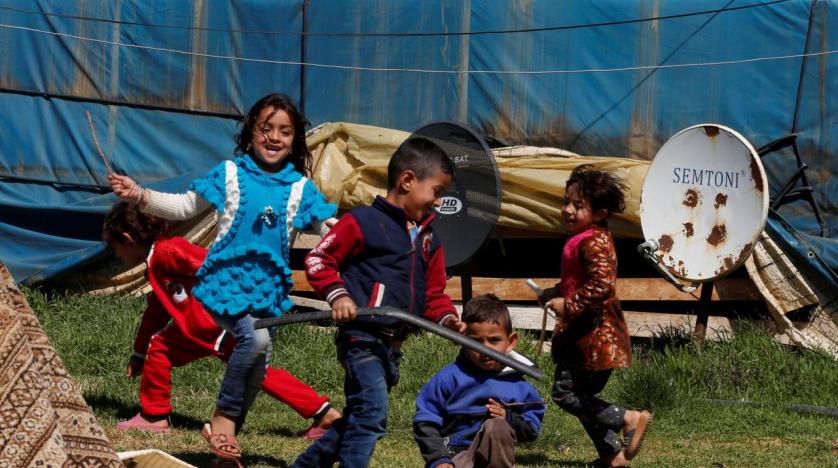Up to 250,000 Syrian refugees could return to their devastated homeland in 2019, while many others face problems with documentation and property that the Damascus government must help resolve, the UN refugee agency UNHCR said on Tuesday.
Some 5.6 million Syrian refugees remain in neighboring countries – Turkey, Lebanon, Jordan, Egypt and Iraq – Amin Awad, UNHCR director for the Middle East and North Africa, said.
They include 1 million Syrian children born abroad whose foreign birth certificates the regime of Bashar Assad has agreed to recognize, he said.
Some 37,000 refugees have returned to Syria this year, UNHCR figures show. They went mainly to the governorates of Daraa, Damascus and Homs, Awad said.
The Russian military said, however, that nearly 114,000 Syrian refugees have returned from abroad in 2018.
Col. Gen. Mikhail Mizintsev said that over 177,000 internally displaced people have also returned home this year.
He said those coming home see that “the war is over and the country’s restoration is proceeding at full pace.”
Russia, which has waged a military campaign in support of Assad, has pushed for refugees’ repatriation. Western governments say it’s too early to encourage return.
As for Awad, he told a news briefing in Geneva that “now, by and large, the war has ended. We have a few pockets (of hostilities), including Idlib, as you know that there is a negotiated ceasefire and a de-escalation zone.”
“As the situation in Syria improves some of these refugees are making the journey home,” he said. “We are forecasting, in what we call phase one, up to 250,000 Syrians go back in 2019. That figure can go up and down according to the pace with which we are working and removing these obstacles to return.”
The most important obstacles are documentation for the refugees and their property and homes, Awad said.
“Then there are issues related to conscription, there are issues related to amnesty for those who deserted the army. These are drivers that would basically keep people away, they are obstacles,” he added.
Responsibility for the information and views set out in this article lies entirely with the author.


